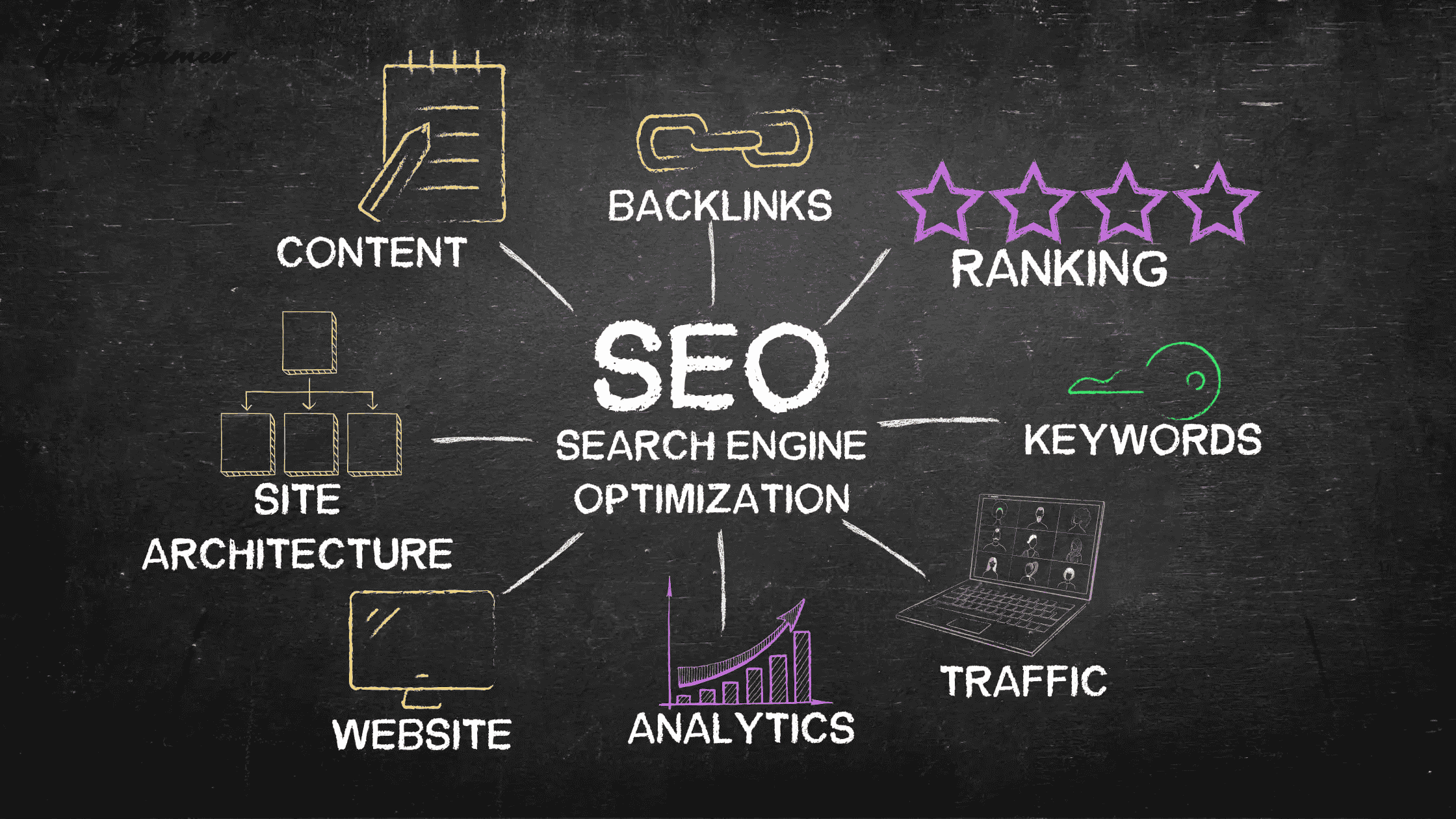How To Increase Customer Retention With Improved Customer Satisfaction
Customer retention refers to the strategies and efforts exerted by businesses to keep their existing customers engaged and loyal to their products or services. It's about more than just making a sale; it's about nurturing a relationship, encouraging repeat purchases, and building a lasting connection that brings customers back time and time again.
Customer satisfaction is not just a fleeting feeling of happiness with a product or service. It's an integral part of the customer's overall customer experience with a brand. A satisfied customer is more likely to return, make additional purchases, and recommend the business to others. The fulfillment of customer expectations and their overall contentment with a product or service can dramatically impact a company's reputation and bottom line.
The relationship between customer retention and satisfaction is inextricable. Satisfied customers often become loyal customers. By meeting and exceeding their expectations, businesses can create a positive experience that encourages customers to return. This loyal customer base not only provides a steady stream of revenue but can also become advocates for the brand, further amplifying its reach and reputation. Therefore, focusing on improving customer satisfaction is not just beneficial but essential for increasing customer retention.
In the following sections, we'll explore the various strategies, tools, and practices that businesses can employ to enhance customer satisfaction and, in turn, boost customer retention. From understanding customer needs to leveraging cutting-edge technology, there's a myriad of ways to foster lasting customer relationships.
1. Understanding Customer Needs
Understanding the needs and expectations of customers is foundational in improving customer satisfaction and retention. Here's how businesses can get closer to what their customers really want:

Identifying Target Customers
To satisfy customers, you first need to know who they are. Identifying target customers involves segmenting the market based on demographics, psychographics, behavior, and other factors. Knowing your target audience enables you to tailor your products, services, and communication strategies to match their specific needs and interests.
Analyzing Customer Expectations And Preferences
Customers have certain expectations and preferences that vary based on their individual needs and market trends. Analyzing these expectations requires research and active listening. Businesses can employ tools such as customer interviews, focus groups, and market analysis to understand what customers value the most, be it quality, price, convenience, or something else entirely. By meeting and exceeding these expectations, companies can create satisfying experiences that encourage repeat business.
Utilizing Feedback And Surveys
Customer feedback is an invaluable resource in understanding what is working and what needs improvement. Encouraging customers to share their opinions through surveys, reviews, or direct communication can provide businesses with detailed insights. This feedback can highlight areas for improvement, confirm successful strategies, and even uncover unmet needs. Regularly collecting and acting on customer feedback ensures that businesses stay in tune with their customers and continue to meet their evolving demands.
2. Implementing Customer Satisfaction Strategies
In today's competitive market, implementing customer satisfaction strategies is not just an option; it's a necessity. By focusing on what the customers want and need, businesses can create a more robust and loyal customer base. Here's how:
Personalized Service
Understanding Individual Needs:Recognizing that every customer is unique and tailoring services to meet their specific requirements can significantly enhance satisfaction.
Utilizing Customer Data:By leveraging customer data, businesses can offer personalized recommendations, offers, and communications that resonate with individual preferences.
Training Staff:Ensuring that the staff is trained to understand and meet customers' unique needs adds a personal touch that can foster strong relationships.
Quality Assurance
Setting High Standards:Maintaining high-quality standards for products and services helps in building trust and confidence among customers.
Continuous Improvement:Regular quality checks and updating protocols ensure that standards are consistently met and even exceeded.
Feedback Loop:Encourage customer feedback on quality and act on it promptly to demonstrate that you value their opinions.
Efficient Customer Support
Accessible Support Channels: Offering multiple, easily accessible channels for customer support (e.g., phone, live chat, email) using tools such as a business phone system ensures that customers can reach you whenever they need.
Responsive Support Team:A quick and helpful response from your cloud contact center team to inquiries or complaints can turn potentially negative experiences into positive ones.
Investment In Training:Continuously training support staff to handle various customer issues with empathy and efficiency can increase satisfaction and loyalty.
3. Leveraging Technology

In the era of digital transformation, technology plays a vital role in improving customer satisfaction and, consequently, customer retention. Utilizing the latest technological tools can enhance customer interactions and provide personalized experiences.
CRM Systems
Customer Relationship Management (CRM) systems are essential tools that help businesses manage customer data, interactions, and relationships. By integrating CRM systems, organizations can:
- Track customer behaviors and preferences.
- Offer personalized recommendations and solutions.
- Enhance communication through automated responses and follow-ups.
- Monitor customer journeys, identifying areas for improvement.
Chatbots And AI Support
Chatbots powered by artificial intelligence (AI) are revolutionizing customer support by providing instant responses to common inquiries. This technology can:
- Reduce waiting times and enhance accessibility.
- Provide 24/7 support, improving overall customer satisfaction.
- Utilize machine learning to continuously improve responses.
- Integrate with other systems to offer personalized experiences.
Analytics And Tracking Tools
Understanding customer behavior and preferences is crucial for retaining clients. Analytics and tracking tools like Redbird can:
- Monitor customer interactions with products or services.
- Analyze purchasing trends and patterns.
- Provide insights into areas of dissatisfaction, allowing for targeted improvements.
- Enable A/B testing to identify the most effective strategies.
4. Creating Loyalty Programs
Loyalty programs, coupled with an effective referral marketing tool, play a vital role in augmenting customer retention by delivering added value to a customer's experience with your brand. Here's how to create an effective customer loyalty program:
Types Of Loyalty Programs
Points System:Customers earn points for every purchase, which can be redeemed for discounts or free items.
Tiered Programs: Reward customers based on different levels of spending, offering better and more personalized rewards for higher spending tiers.
Subscription-Based Rewards:Offering exclusive benefits for a monthly or yearly subscription fee.
Partnership Programs:Collaborate with other businesses to provide cross-promotional benefits.
Rewards And Incentives

Instant Rewards:Provide immediate benefits, such as discounts or free shipping.
Exclusive Access:Offer early access to new products or special events.
Personalized Offers:Tailor rewards to individual customer preferences, enhancing their connection to your brand.
Gamification:Utilize game-like elements to make earning rewards fun and engaging.
Exclusive Member Benefits
Member-Only Content:Create content, tutorials, or webinars only accessible to loyalty program members.
Special Support Channels:Provide dedicated customer support lines or chat features for members.
Community Engagement:Build a community through forums or social groups where members can interact and share.
Implementing A Loyalty Program
When crafting your loyalty rewards program, keep these key considerations in mind:
Alignment With Brand Values:Ensure the program resonates with your brand's mission and values.
Easy To Understand:Make it simple for customers to join, earn rewards, and understand the benefits.
Regular Communication:Keep members informed about their status, available rewards, and upcoming opportunities.
Monitoring And Adjustment:Continuously monitor the program's performance and make necessary adjustments to keep it appealing and effective.
5. Monitoring And Measuring Satisfaction
In a rapidly evolving customer-centric marketplace, constant monitoring and measuring of customer satisfaction are pivotal. Let's explore the various facets of this process:
Key Performance Indicators (KPIs)
Key Performance Indicators (KPIs) are quantifiable measurements that help businesses gauge the effectiveness of their customer satisfaction strategies. Some common KPIs include:
- Customer Satisfaction Score (CSAT)
- Net Promoter Score (NPS)
- Customer Effort Score (CES)
Regularly tracking these indicators helps in identifying areas for improvement and ensuring that customer satisfaction is aligned with business goals.
Regular Customer Surveys
Customer surveys provide invaluable insights into what customers think about your products, services, and overall experience. By asking specific questions related to satisfaction, businesses can uncover:
- What do customers love about the products or services?
- Where improvements are needed?
- How to tailor offerings to meet customer expectations?
These surveys can be conducted through various channels such as email, phone, or in-app notifications, and should be a regular part of the customer feedback loop. Leveraging the expertise of app developers can further enhance the effectiveness of these surveys in refining and optimizing your products or services based on user experiences.
Social Media And Online Review Monitoring
In today’s digital age, customers often express their satisfaction or dissatisfaction online. Monitoring social media channels and online review sites allows businesses to:
- Respond promptly to customer concerns or praise
- Gain insights into public perception
- Identify trends and patterns in customer feedback
Engaging with customers online also demonstrates a company's commitment to customer satisfaction and helps in fostering a positive brand image.
Conclusion
In an ever-competitive marketplace, customer satisfaction is the fuel that drives innovation, loyalty, and growth. It's not merely a metric to be measured but an ethos to be embraced. Businesses that invest in customer satisfaction are not just selling products or services; they are building connections, enhancing lives, and creating experiences that resonate long after the transaction is complete.
So the challenge - and the opportunity - for every business today is clear. Focus on your customers, listen to their needs, delight them at every turn, and watch as they become not just customers, but advocates and partners in your success. The road to increased customer retention is paved with satisfaction, and every step on this path is a step towards a more thriving and resonant business.





